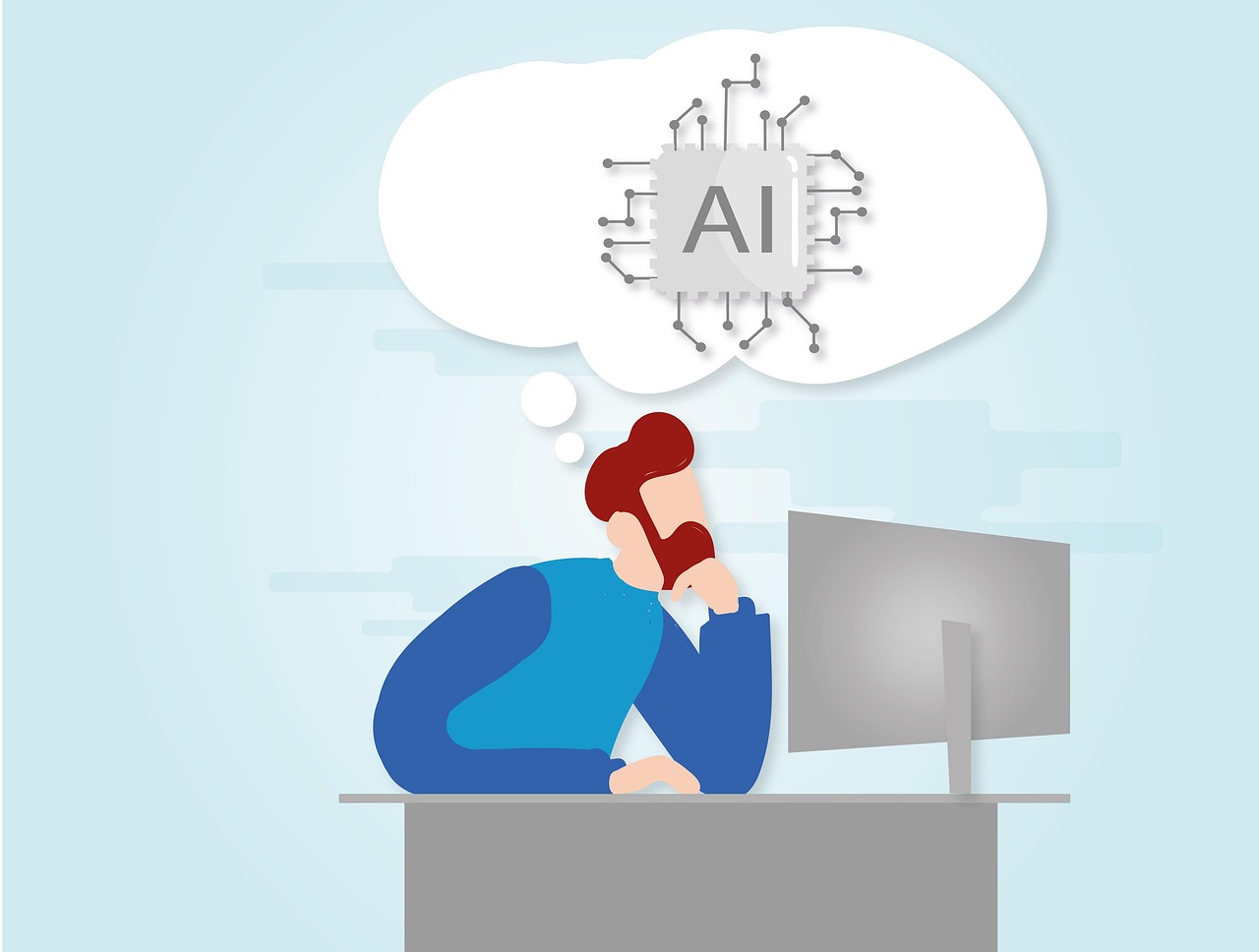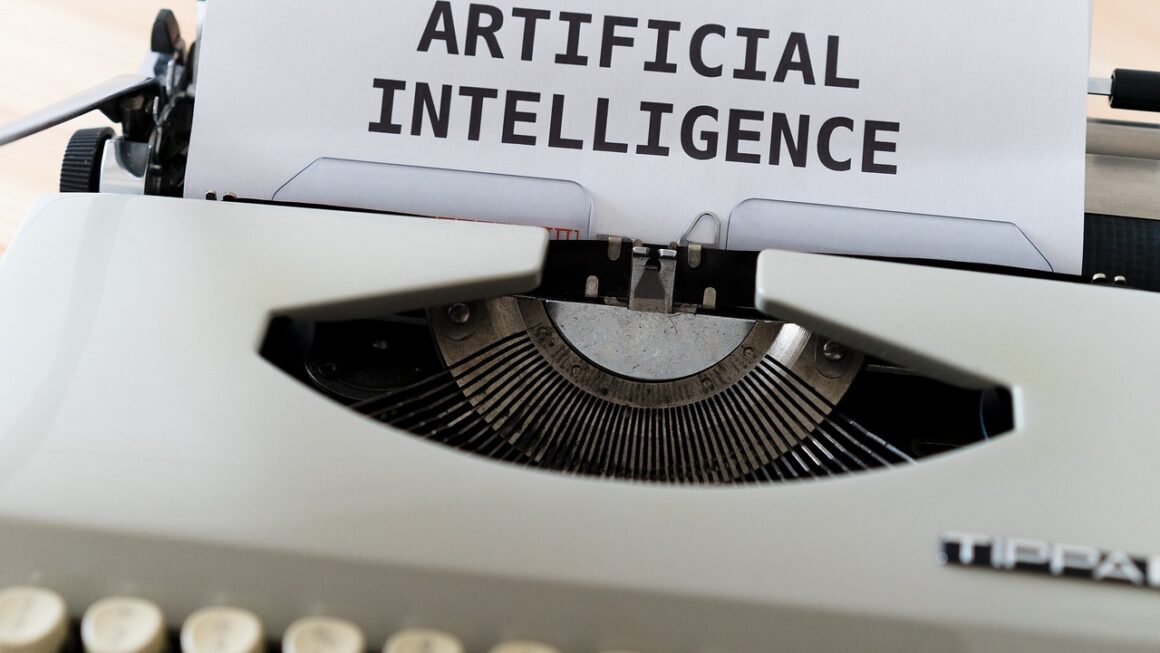AI is no longer a futuristic concept; it’s a powerful reality reshaping the finance industry. From automating mundane tasks to predicting market trends and detecting fraud, artificial intelligence (AI) is revolutionizing how financial institutions operate and serve their customers. This blog post delves into the multifaceted applications of AI in finance, exploring its benefits, challenges, and future potential.
Transforming Finance with Artificial Intelligence
The Rise of AI in Financial Services
AI’s increasing prominence in finance is driven by several factors: the growing volume of financial data, the need for faster and more accurate decision-making, and the constant pressure to reduce costs and improve efficiency. Financial institutions are leveraging AI technologies like machine learning, natural language processing (NLP), and robotic process automation (RPA) to achieve these goals. The global AI in finance market is projected to reach $67.19 billion by 2030, according to Fortune Business Insights, demonstrating its significant growth trajectory.
Key AI Technologies in Finance
- Machine Learning (ML): Enables systems to learn from data without explicit programming. ML algorithms are used for tasks like credit scoring, fraud detection, and algorithmic trading.
- Natural Language Processing (NLP): Allows computers to understand and process human language. NLP is used for customer service chatbots, sentiment analysis, and analyzing financial news.
- Robotic Process Automation (RPA): Automates repetitive tasks by mimicking human actions. RPA is used for invoice processing, account reconciliation, and data entry.
- Deep Learning: A subset of machine learning that uses artificial neural networks with multiple layers to analyze data with higher complexity, often used in predicting market behavior.
AI-Powered Fraud Detection
Enhancing Security and Reducing Losses
Fraud detection is a crucial application of AI in finance. Traditional rule-based systems often struggle to keep up with sophisticated fraud schemes. AI algorithms can analyze vast amounts of transactional data in real-time to identify anomalies and patterns indicative of fraudulent activity.
Examples of AI in Fraud Prevention
- Anomaly Detection: AI models can learn normal transaction patterns and flag transactions that deviate significantly from these patterns. For example, if a customer usually spends $50 per week and suddenly makes a $5,000 transaction in a foreign country, the system can flag this activity for further investigation.
- Behavioral Biometrics: AI can analyze user behavior, such as typing speed, mouse movements, and device characteristics, to verify identity and prevent account takeover fraud.
- Predictive Modeling: AI models can predict the likelihood of fraud based on various factors, allowing financial institutions to proactively prevent fraudulent transactions.
Actionable Tip
Implement a layered approach to fraud detection, combining AI-powered systems with traditional security measures. Continuously train your AI models with new data to adapt to evolving fraud techniques.
AI in Algorithmic Trading
Optimizing Investment Strategies
Algorithmic trading uses computer programs to execute trades based on pre-defined rules and strategies. AI enhances algorithmic trading by enabling systems to learn from market data, adapt to changing conditions, and optimize trading strategies in real-time.
Benefits of AI in Trading
- Improved Accuracy: AI algorithms can analyze large datasets to identify profitable trading opportunities with greater accuracy than human traders.
- Increased Speed: AI can execute trades much faster than humans, allowing institutions to capitalize on short-term market fluctuations.
- Reduced Emotional Bias: AI eliminates emotional biases that can influence human trading decisions, leading to more rational and consistent investment strategies.
- Backtesting: AI allows for extensive backtesting of trading strategies, evaluating their performance under different market conditions before deployment.
Example: Using AI for High-Frequency Trading (HFT)
AI is used in HFT to identify and exploit fleeting market inefficiencies. AI algorithms can analyze real-time market data, identify patterns, and execute trades within milliseconds. For example, AI can analyze order book data to detect imbalances between buy and sell orders and execute trades to profit from these imbalances.
AI-Driven Customer Service
Enhancing Customer Experience
AI-powered chatbots and virtual assistants are transforming customer service in the finance industry. These technologies can handle a wide range of customer inquiries, provide personalized support, and resolve issues quickly and efficiently.
Applications of AI in Customer Service
- Chatbots: AI chatbots can answer frequently asked questions, provide account information, and guide customers through various financial processes.
- Personalized Recommendations: AI can analyze customer data to provide personalized financial advice and recommendations. For example, a bank can use AI to recommend investment products based on a customer’s risk tolerance and financial goals.
- Fraud Alerts: AI can proactively alert customers to potential fraudulent activity on their accounts through SMS or in-app notifications.
Practical Example
Bank of America’s virtual assistant, Erica, assists customers with tasks such as checking balances, making transfers, and scheduling appointments. Erica uses AI to understand customer requests and provide personalized responses, enhancing the overall customer experience.
AI and Risk Management
Proactive Identification and Mitigation
AI is increasingly vital in risk management, allowing financial institutions to identify, assess, and mitigate risks more effectively. By analyzing vast datasets and identifying complex patterns, AI can provide early warnings of potential risks, enabling proactive mitigation strategies.
How AI Improves Risk Management
- Credit Risk Assessment: AI algorithms can analyze a wide range of factors to assess the creditworthiness of borrowers, improving the accuracy of credit scoring and reducing loan defaults.
- Market Risk Analysis: AI can monitor market conditions and identify potential risks to investment portfolios, enabling institutions to adjust their strategies accordingly.
- Operational Risk Management: AI can identify and predict operational risks, such as system failures and human errors, allowing institutions to implement preventative measures.
Actionable Takeaway
Invest in AI-powered risk management tools to proactively identify and mitigate potential risks. Regularly update and refine your AI models to ensure they remain effective in the face of evolving risks.
Conclusion
AI’s impact on the finance industry is undeniable. From fraud detection and algorithmic trading to customer service and risk management, AI is transforming how financial institutions operate and serve their customers. While challenges remain, such as data privacy and ethical considerations, the potential benefits of AI in finance are immense. By embracing AI and investing in the right technologies, financial institutions can unlock new opportunities for growth, efficiency, and innovation. As AI continues to evolve, its role in finance will only become more significant, shaping the future of the industry.




